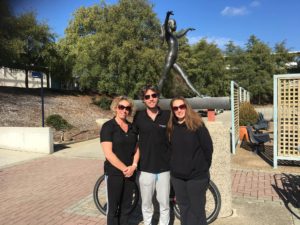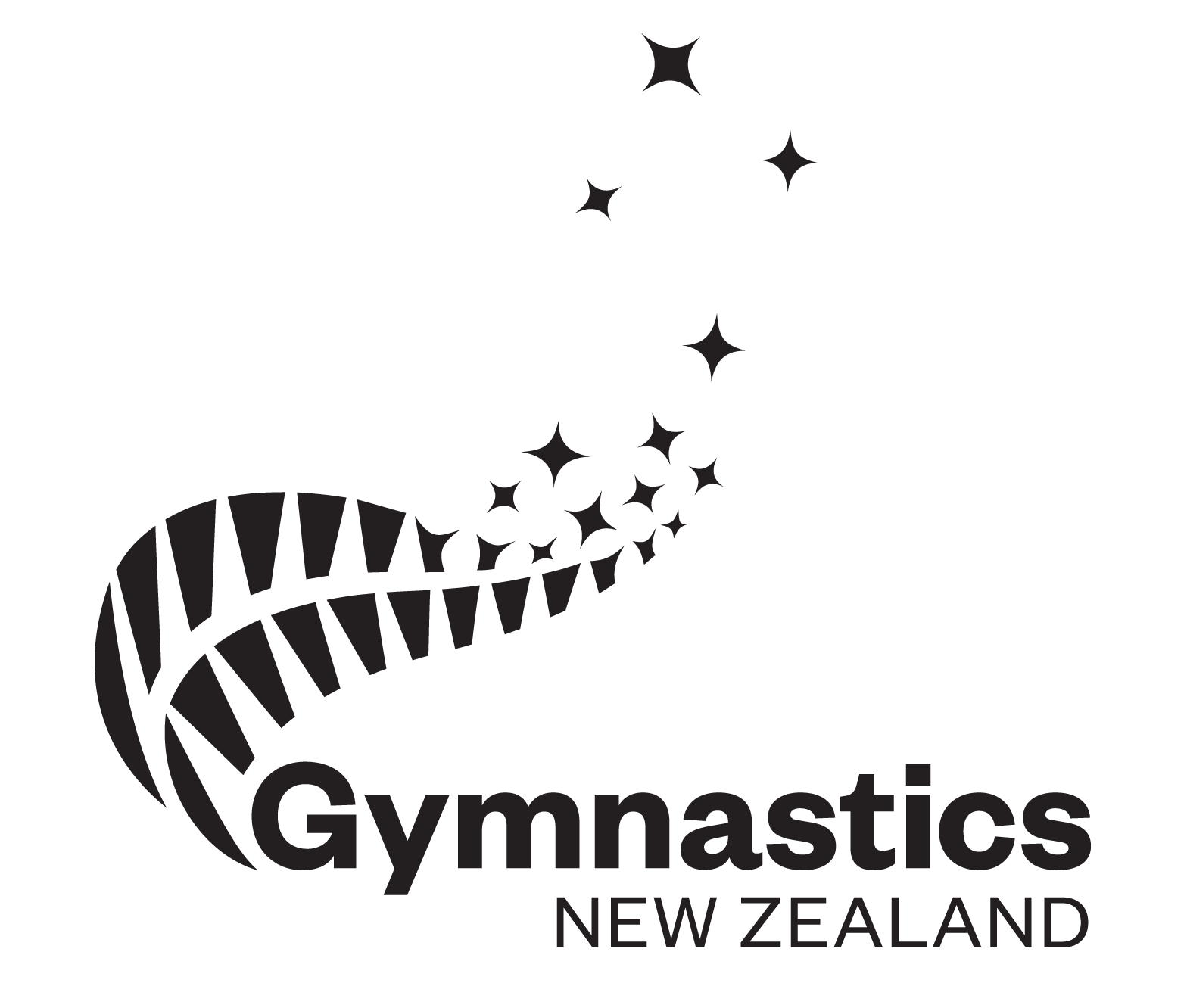 FIG recently introduced the Age Group Programme to Oceania. This is a three-day development and competition program for age group athletes up to the junior international level. This was held at the Australian Institute of Sport in Canberra.
FIG recently introduced the Age Group Programme to Oceania. This is a three-day development and competition program for age group athletes up to the junior international level. This was held at the Australian Institute of Sport in Canberra.
The programmes include a testing program for physical preparation, a testing program for technical preparation on or with all apparatus including dance; and they include compulsory exercises for all ages under junior and modified optional competition rules. These programmes serve as a “recipe” for any coach to follow to avoid errors in the development programming of gymnasts towards high performance.
Each Oceania federation was permitted one coach from each discipline. New Zealand was represented at the camp by Tobine Levine (MAG), Marnie sterner (RG) and Hannah Prout (WAG). Each representative has brought information back to New Zealand for discussion and implementation into existing programmes.
Here’s what our coaches had to say about their about the Age Group Camp…
“The Age Group Camp was a very interesting experience. It was great to meet gymnastics leaders from the Oceania Region. The Age Group concept is a great idea in that we could possibly have an Oceania competitive circuit. The programme also stresses basic technique and get things correct before moving forward which I believe will help us a country.
The camp touched on subjects such as anatomy and injury prevention which are always useful as reminders that we are dealing with children who are changing a lot and we need to be aware of their specific needs in relation to training. I was able to help coaches from Fiji and The Cook Islands with their first ever rhythmic gymnastics skills. I was thankful to meet up with our friends from Australia and to share ideas with Hannah and Toby.” – Marnie Sterner, Xtreme RhythmiX
“Last week I was lucky enough to be asked by Gymnastics NZ to be their WAG representative at the FIG Age Group Camp held at the AIS in Canberra.
Other countries on the camp included Australia, Guam, American Samoa, Cook Islands & Fiji to mention a few. Many of the countries represented are still trying to develop a competition programme and others were looking at the possibility of developing either a high performance programme or something to add to what they currently use.
The syllabus is very comprehensive and free to download from the FIG webpage. There are age group specific skills and body preparation along with technical and physical preparation tests that can be used as a guide or as a form of competition by themselves. There are also compulsory routines for the younger age groups that could be performed in or out of age depending on the level of commitment and ability of the gymnast, club or country using it. This then leads on to voluntary routines with more choice of skills and choreography as the gymnast improves. The programme is specially designed to be progressive and form a base of excellence throughout, allowing progressive improvement which all tie back into the physical and technical tests. I did like the programmes balance and comprehensive approach to learning with the gymnasts safety being the most important factor, with all development done in safe situations and not until the prerequisites of the skill have been achieved.
For those hoping to get some overseas competitions in the future throughout Australasia or beyond, depending which countries/clubs that actually take up the opportunity of this programme then it could make competing outside NZ a much easier and viable proposition. Trampoline World Age Groups is well established and does produce future Olympians around the world giving a base on which to work internationally.
Personally I think even if clubs decide to use the programme to have a guide on what to test for PAT and TAT or even to use as a voluntary development programme for an off season competition then it can only have a positive value. The back to basics approach could be helpful for all coaches and isn’t dependant on having large purpose build facilities to do it.
The course itself was great, to be able to meet other coaches in different circumstances as well as those from MAG and rhythmic gymnastics. Thanks for a wonderful opportunity.” – Hannah Prout, Fantastic Gymnastics.
